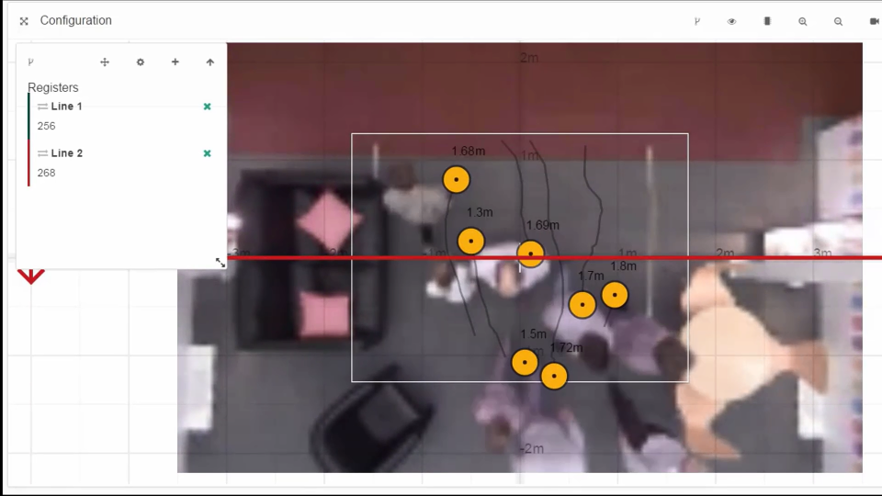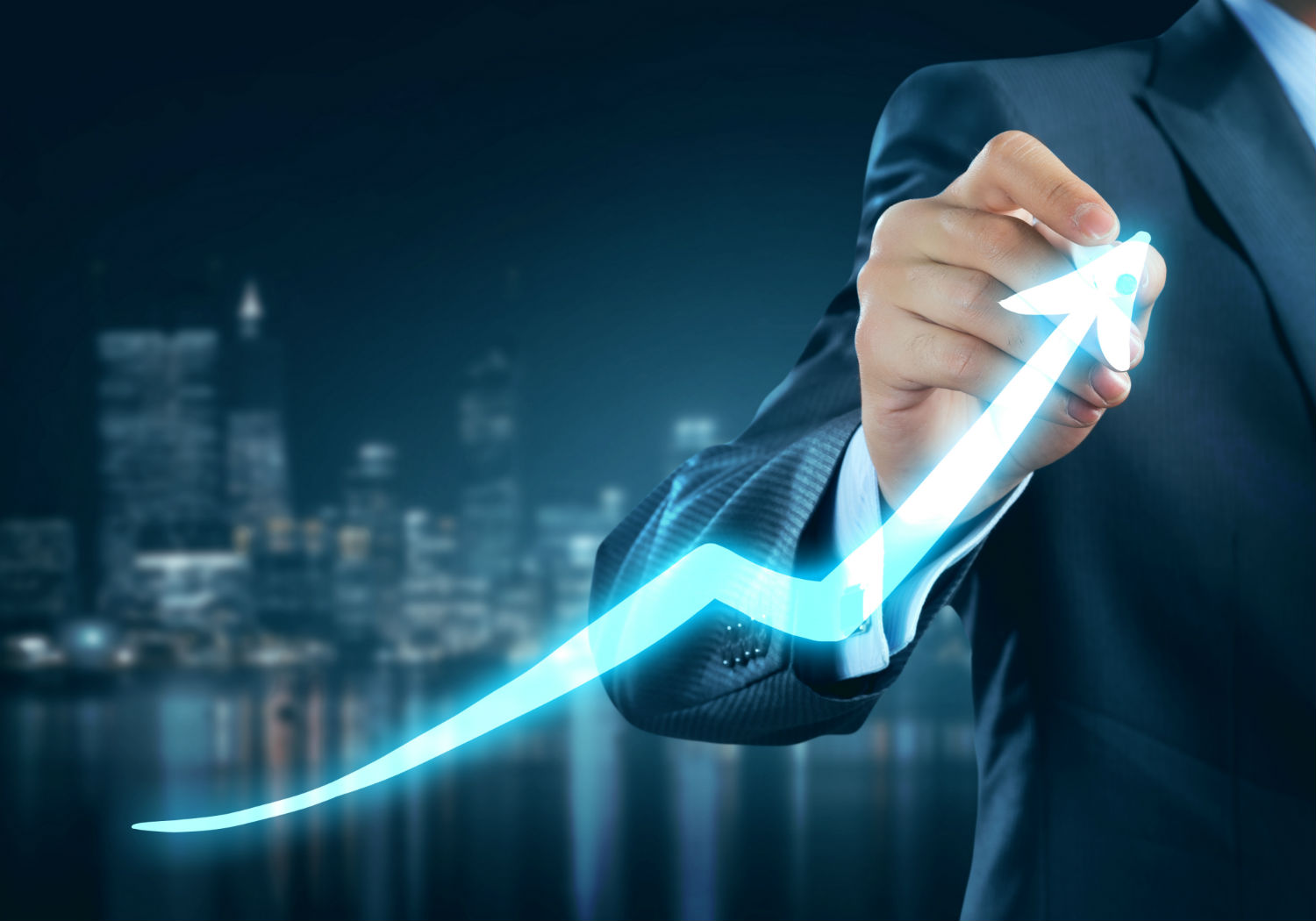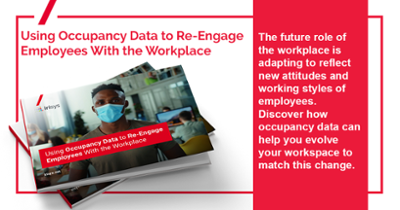Retail has re-opened: Are your customers’ new in-store expectations being met?
The retail industry has been going through some changes recently. With more and more people shopping online, the expectations of the in-store experience are somewhat higher. Retailers will want to know how to make better space optimization decisions to ensure that shoppers leave satisfied.
Your customer’s experience is the sum of all their interactions with your brand – physical and digital. It consists of how well employees are trained to help customers, what products are stocked in store, and whether or not the customer believes that their purchase was worth it. Typically, customers will rate their in-store experience based on the following factors:
- What is the customer service like in-store? Are staff members knowledgeable on the product lines, and are they polite and helpful? Do customers wait a long time to be served?
- The layout –– is it easy to navigate and move around in the store? Recently this has extended to include crowding and capacity control for safety reasons.
- How are products displayed on the shelves –– is it helpful to the customer?
- Was the sought-after product in stock?
- Are the temperature, lighting, and ventilation comfortable for customers and employees?
Ultimately, a mixture of environmental, structural, and service level factors will influence a customer’s feelings about their in-store experience. When all of these areas function well, the ultimate result is a more profitable and attractive retail store.
How customers’ in-store experience expectations have changed
People’s shopping habits are decidedly different now. Taking an omnichannel approach, buyers will use a mix of digital resources, as well as the tangible experiences they have in store to make purchasing decisions.
Heading over to a physical shop will be more of an occasion rather than a routine occurrence. This means that the traditional approach to retail may have to change. Upscale grocery stores like Whole Foods have been redefining how customers interact with their products. They offer a range of services and amenities to make the in-store experience more meaningful, such as events, cooking classes, and noteworthy customer care.
This indicates that the purpose of physical retail space is on a whole new trajectory. The focus will shift significantly towards offering an environment where customers can immerse themselves in your brand’s experience while receiving high-quality customer service. Of course, the priority will always be to ensure that these great experiences result in transactions.
Utilize your brick and mortar store’s space better with full store tracking
For many retailers, these shifting demands will mean a redesign, not only in their business model but also in their retail store’s physical space. So how do you create that unforgettable in-store experience? And how can you ensure that any structural decisions you make are going to be worth the effort and cost?
The answer lies in your current data. Every time a customer walks into your store, they are providing you with the opportunity to understand the intent behind their visit, and the factors that affect how they browse and select products. You probably already do this kind of investigative work through your digital marketing. Tools like Google Analytics and the metrics derived from your website allow you to understand how your digital efforts are performing and what results they’re yielding. But how do you get this data for a physical store, and how can you ensure it's accurate?
People counting sensors are the best solution to this problem.
Irisys people counters can be used to anonymously measure people’s movement throughout your whole store. This full store tracking collects customer visit data from every inch of your retail space so you can identify hotspots for product displays or promotional materials. The data will also reveal other things, like customers' preferred pathways through the store and how long they spend in each aisle. You'll have insight into dwell times –– how long it took for a customer to be attended to and whether they checked out with assistance.
Naturally, you may have concerns about how people counters can affect your customers’ privacy. With Irisys, this needn’t be a worry. Our people counting sensors use privacy-protecting technology called Time of Flight to detect and measure their movement anonymously –– no personally identifiable information is captured or processed.
Take a look at how full store tracking is being used in a retail example below:
Irisys people counters are the modern, smart solution for understanding customer behavior and turning that information into actionable insights to help you meet customers' in-store expectations. Irisys offers a discreet, data privacy compliant solution that brings automated intelligence to your customer's in-store experience strategy. Learn more about people counting and the benefits of our solution here.
Share this
You May Also Like
These Related Posts

Vector 4D: The Only People Counter that Removes Staff from Analytics

How People Counters Improve Your Bottom Line

Is Improving In-Store Conversion Better Value for Money Than Advertising?
Connect with us
Need more information? Ready to get started? We're here to help, get in touch.



